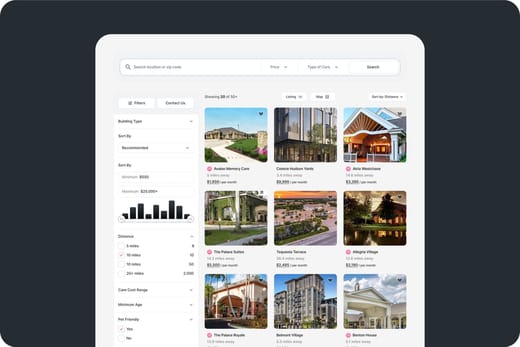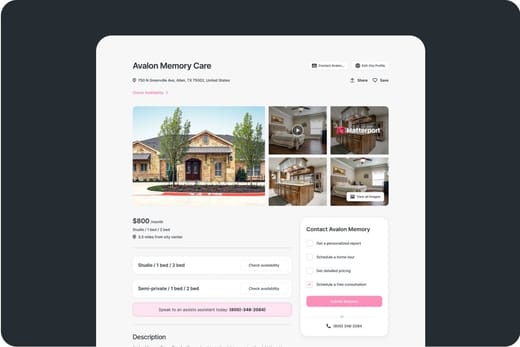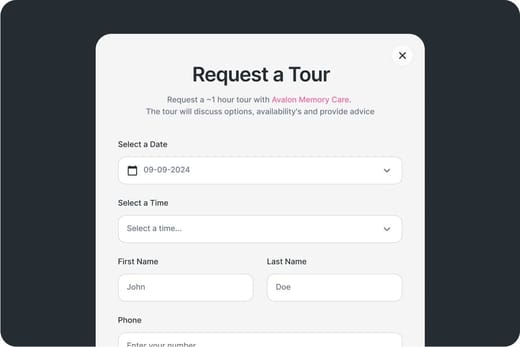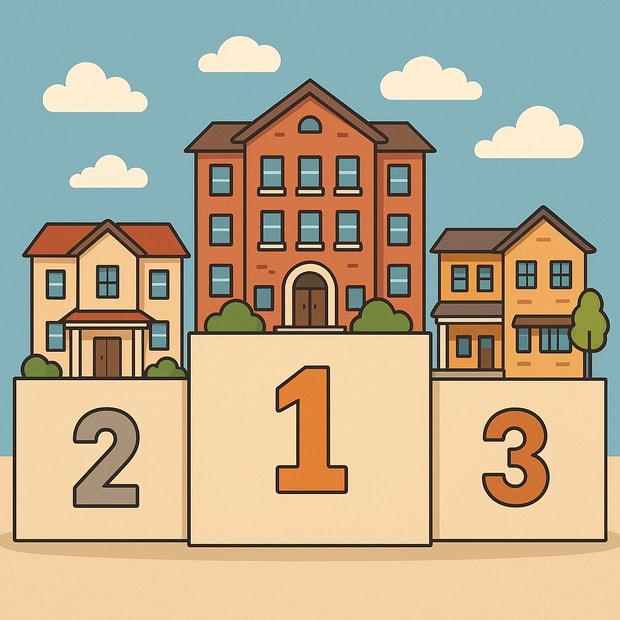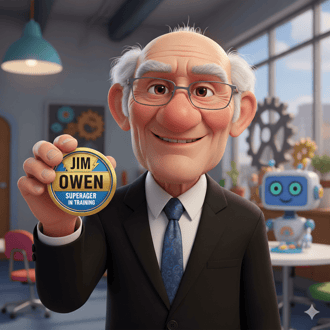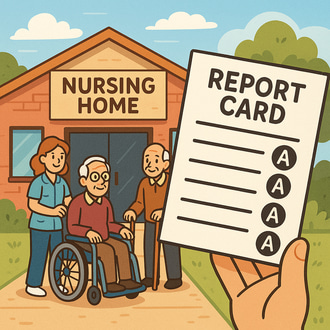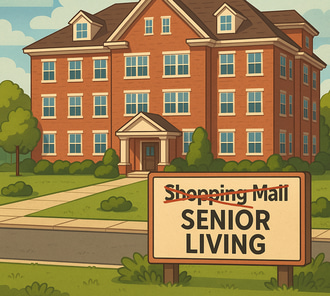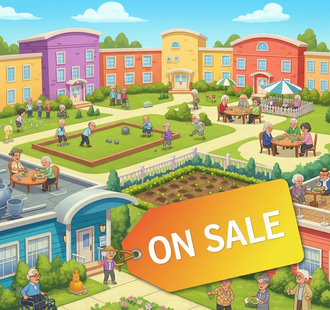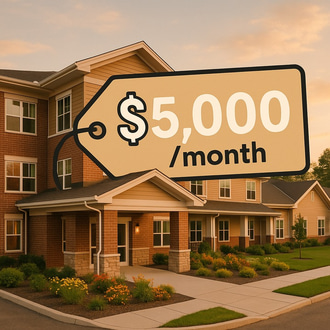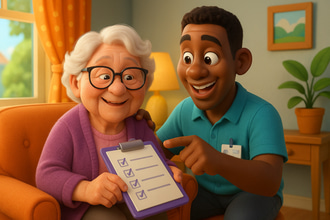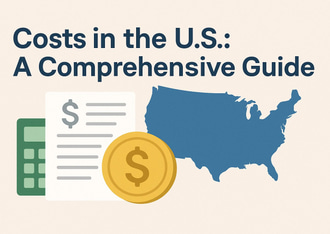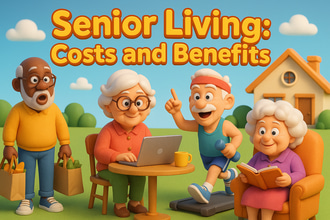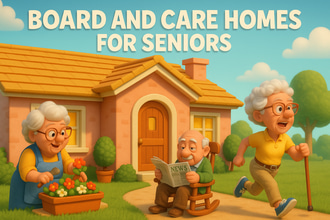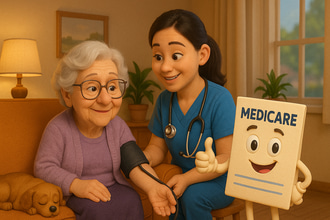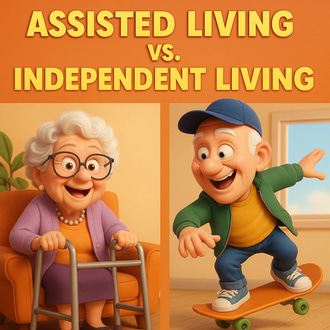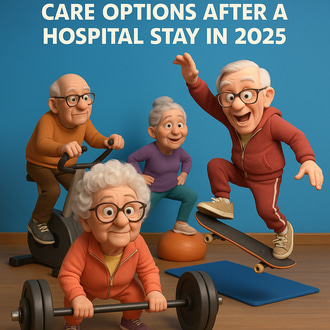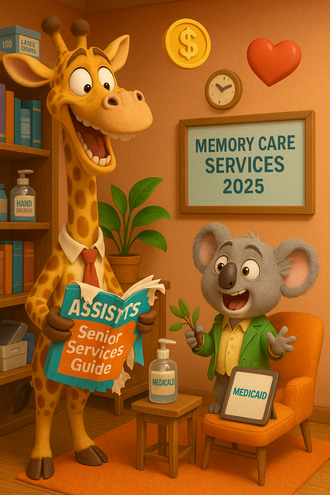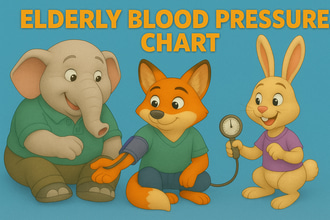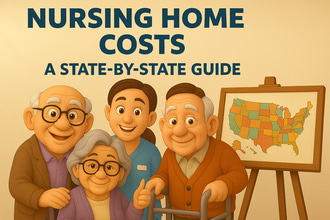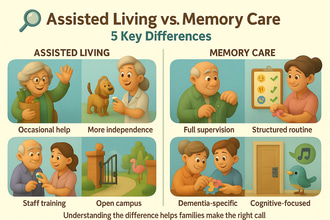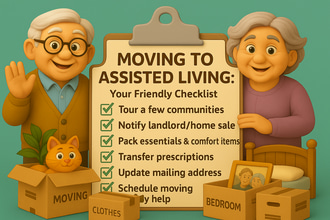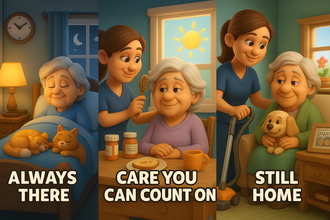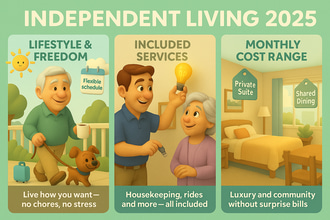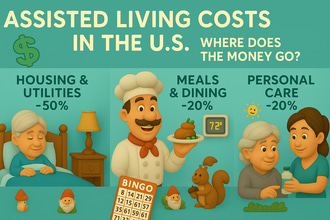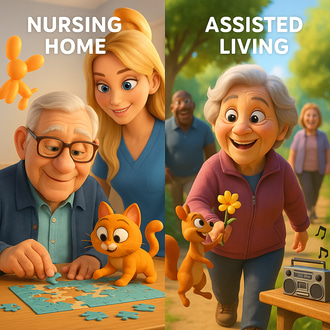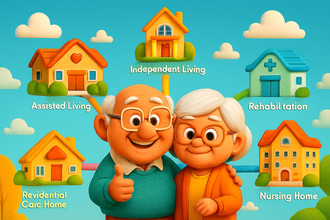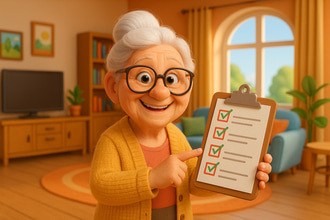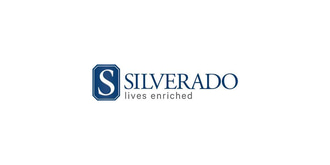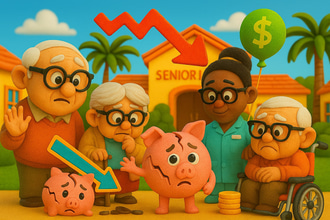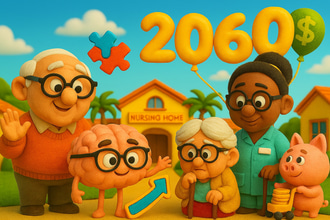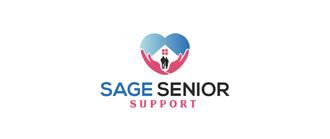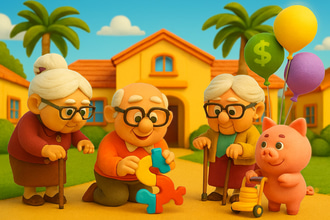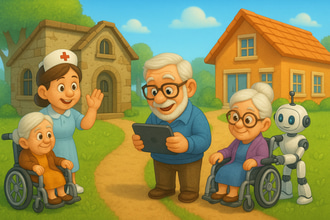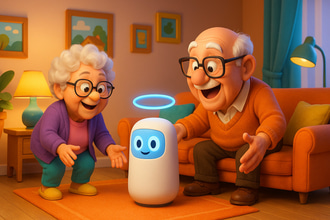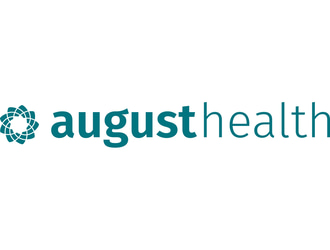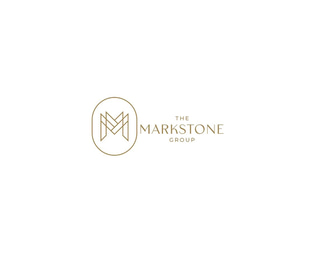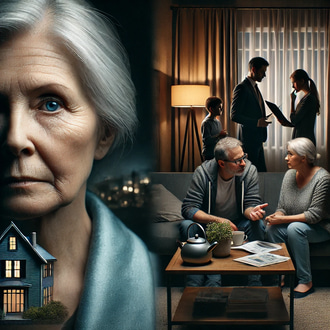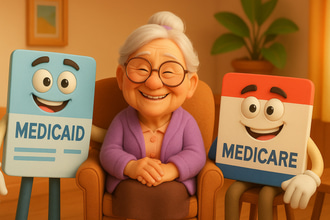Finding the right senior living community requires proper research and rigorous planning to optimize budgets without sacrificing quality. When looking for the right senior living community for oneself or loved ones, there are various qualities that one can take into consideration. These include food quality, service level, and medical facilities. Top-notch standards in these qualities guarantee a comfortable living in retirement.
Culinary Delights and Top-Notch Food Quality
Nutritious meals are crucial for older adults’ well-being, as well as happiness and social engagement. Hence, senior living communities strive to provide top-tier culinary delights that satisfy older adults’ dietary needs and preferences.
Compliance with Food Safety and Regulations
Senior living communities are expected to adhere to food safety and handling guidelines, ensuring older adults’ safety and satisfaction. Additionally, proper handling is necessary to prevent foodborne illnesses. When visiting a prospective community to spend retirement, ensure the kitchen is clean and the team follows proper hygiene. Older adults and families should also ensure that the community has updated health inspection reports, as proof of their strict adherence to food safety and regulations.
Nutritional Standards
It is important for older adults to consume meals that can meet their nutritional needs and accommodate their dietary preferences. Hence, having a registered dietitian on the team can be a huge plus. An option for personalized meal plans will also be beneficial for those needing to follow strict diets.
Resident Satisfaction
Aside from meeting dietary needs, older adults and families can also take into consideration whether the community can satisfy their preferences. Senior living communities with multiple dining options that adhere to residents’ input can be a good candidate.
Dining Environment
Upon visiting a retirement community, older adults and families should observe whether its environment can promote social interactions while having the ability to accommodate its residents’ requests. Cleanliness, flexible dining hours, and a blissful setting should also be evident.
Culinary Innovation
Mealtimes are experiences; hence, communities that approach dining options in a creative manner should be looked at. Through unique dining programs, older adults can be encouraged to enjoy mealtimes. Additionally, recognition for culinary excellence is also something to take into consideration, ensuring older adults have a delightful dining experience.
Beyond the ability to meet standards in food quality and adhere to regulations, the community should also have the ability to provide its residents with a unique dining experience. Aside from proper preparation and handling of food, the community’s kitchen team can enhance older adults’ dining experience.
Exceptional Service Levels
Senior living communities offer different levels of care, ranging from independent living, assisted living, memory care, skilled nursing, and respite care. Each level of care focuses on older adults’ various needs, striving to meet their healthcare needs. To ensure older adults spend their retirement comfortably, a community should be able to provide exceptional services with its team and programs.
Compassionate and Trained Team and Sufficient Caregiver-to-Resident Ratios
States have various regulations in terms of the caregiver-to-resident ratio to ensure older adults receive proper care. Aside from sufficient numbers of caregivers, a community should provide continuous training for its caregivers to maintain quality services. Moreover, diversity and inclusivity are also something to consider to enhance older adults’ living experiences.
Social Engagement and Activity Programming
A good retirement community not only meets older adults’ healthcare needs but also promotes social engagement. To combat loneliness brought upon by ageing, fun recreational activities and enriching programs should be conducted. Additionally, keeping older adults happy and active also helps maintain their well-being. When looking for a community, check out their programs for leisure and wellness. Most memory care communities also provide stimulating programs to improve the cognition of those with memory-related needs.
Communication Channels with Residents’ Families
Aside from social events, it is vital for older adults to remain connected with their families. Hence, transparent communication channels are important to keep family members updated about their loved ones’ health and encourage them to actively participate in creating care plans. Additionally, industry organizations like Argentum provide initiatives like “Measure What Matters” to highlight the importance of trust in communities.
Good communities not only focus on older adults’ healthcare needs but with their holistic well-being, conducting programs that cater to their interests and strengths. A team that is well taken care of is a good sign of a pleasant environment, reflecting the community’ nurturing environment.
Standards in Medical Facilities and Health Oversight
Exceptional medical oversight is at the core of senior living, aiming to ease older adults’ discomfort and alleviate pain.
Proactive Health Assessments and Adaptive Care Planning
Health and medical assessments are usually taken during the admission process, ensuring older adults receive the right care for their needs. To keep older adults in good health throughout their stay, consistent health monitoring should be conducted. Through these assessments and monitoring, older adults receive personalized care plans.
Safety Measures, Infection Control, and Fall Prevention
A clean and safe environment is crucial to mitigate health risks and prevent accidents. A community should strictly follow infection control protocols and provide safety measures, including fire sprinklers, smoke detectors, and handrails throughout its campus. Additionally, communities should have sufficient emergency supplies for disasters. Fall prevention programs are also crucial to prevent further complications due to injuries. Older adults and families should check the community’s hospitalization rates and safety protocols to prevent mishaps.
Accreditation and Industry Standard Measures
To ensure the quality of a senior living community, older adults and families may check industry accreditations and seals.
CMS Five-Star Quality Rating System
For those looking for a nursing home, the Centers for Medicare & Medicaid Services (CMS) provides an overview of a nursing home’s quality through ratings from health inspections, staffing levels, and quality measures. The system ratings range from 1 to 5, with five being the highest and indicating an “above average quality”.
The Joint Commission (ALC Measures)
Focusing on accreditation for assisted living communities, the Joint Commission provides a standardized performance tracking through evaluation of a community’s off-label antipsychotic drug use, resident falls, goals of care, and staff stability.
CARF Accreditation
The Commission on Accreditation of Rehabilitation Facilities (CARF) provides a “seal of excellence” for continuing care retirement communities, combining peer review, commitment to high standards, business practices, and resident outcomes. CARF utilizes a voluntary accreditation, reflecting the community’s dedication to providing the best care and quality services.
When looking for a retirement community, older adults and families take a lot of things into consideration. These include food quality, exceptional services, and medical oversight. Hence, various industry standards in terms of these qualities are available to ensure older adults and families can find the right community that can meet their needs and preferences. A quality retirement home is vital for older adults’ well-being in their golden years, so top-notch services, not only for their medical needs, but also for their leisure and dietary preferences, should be looked at to ensure a holistic experience.

